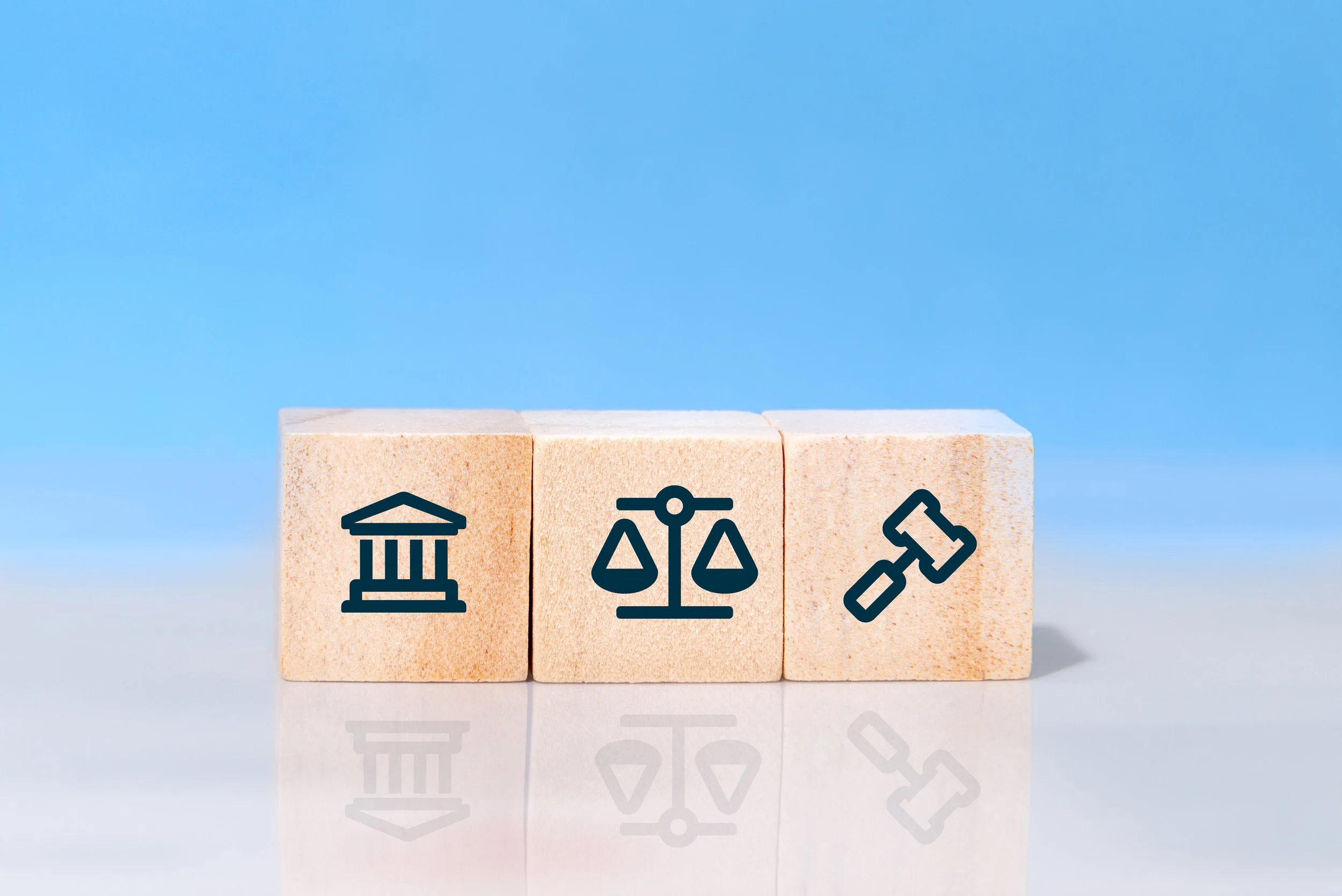I’ll be the first to admit that “diversity and inclusion” has become a buzzword. Where “diversity” should invoke the innate beauty of our world and “inclusion” should suggest a welcoming, warm environment, hearing “diversity and inclusion” or “DEI” causes some people to shut down in a blink. But here’s the truth: even people who are not fans of DEI almost certainly still believe that all individuals have dignity and worth! As such, today I want to walk through strategies a person who does not support DEI initiatives can take to still be inclusive and respectful of others.
1. Separate Personal Beliefs from Professional Conduct
Let’s delve into a hypothetical: meet Michael, a middle-aged man who works for—well, pick a business, any business! One of his coworkers comes out as trans. She announces that her pronouns are she/her and that she will now be going by Christina. Michael doesn’t fully understand everything about the LGTBQ+ community or why Christina had to publicly make this proclamation. He thought he knew this person, thought he knew them well, but now…
Here’s what’s important: whether or not Michael personally agrees with DEI and its advocacy for the trans community, it is essential to separate his personal beliefs from his conduct in a professional setting. Not referring to Christina by her preferred name and pronouns would be rude, plain and simple! I mean, imagine if someone called us by the wrong name and pronouns despite our multiple protestations—it’d be frustrating and discomforting at best, harassment and abuse at worst. As such, regardless of a person’s personal feelings toward DEI, they can still be inclusive by maintaining professionality. In this instance, It’s about treating people the way we want to be treated (the Golden Rule remains forever relevant!).
2. Seek Understanding through Dialogue
Returning to Michael: let’s say that he is currently in a meeting, where the main topic of discussion is their organization’s potential implementation of a talent pipeline—part of the company’s broader DEI initiatives. Truth be told, Michael does not see the need for this pipeline. The merit-based approach behind recruitment and advancement seems perfectly fine as is to him! When it’s his turn to comment, he does so politely and calmly. And when another manager offers a similarly polite counter to this statement, highlighting that a talent pipeline is meant to reinforce the merit-based nature of hiring and promotions, he nods and takes that point into consideration. The mutual respect is what’s key here! Michael is not enthused by the idea of a talent pipeline, but he actively listens in order to understand his coworker’s perspective instead of dismissing them out of hand. Again: one does not need to be a champion of DEI to create an inclusive environment.
Additionally, if one is willing to take this respectful dialogue a step further, I would also recommend educating oneself about the experiences and concerns of marginalized groups and how DEI can provide much-needed support. In other words, dare to push past the “politicized” nature of DEI and instead examine its practical purpose. How does DEI help create a more welcoming workplace? Why is this inclusive environment so necessary for all people, not just marginalized communities? If one is feeling particularly bold, consider attending workshops, conferences, or other events that discuss DEI-related topics. Regardless of what reservations one may hold, simply exposing ourselves to different viewpoints can expand our understanding and empathy. Even if we disagree with someone, it is always beneficial to get an idea of where they’re coming from, right?
3. Focus on Common Goals
“Mm, I’m not so sure I like that idea,” Michael says, shaking his head. “Wouldn’t creating ‘employee networks’ just leave a bunch of people out?”
“Not at all!” Christina says. “Employee networks are about bringing people in. The focus of these networks might be on a specific group, but membership isn’t exclusive to them. Let’s say you joined a group for veterans.”
Michael nods. “Sure.”
“I could also join that group to find out ways I could support our company’s veterans, even though I didn’t serve in the military. You could also join an LGBTQ+ employee network learn about the LGBT employees. Make sense?”
“I guess,” Michael admits after a pause. “But I still feel like creating specific groups is counterproductive to the supposed end goal of ‘inclusion.’”
He can tell Christina doesn’t quite agree with him, but she tilts her head in acknowledgment. “That’s fair.” Then she smiles. “But it sounds like you agree that the end goal should still be creating an environment where everyone has the support they need to succeed.”
Michael laughs. “I’d like to think that’s what everyone here wants!”
As this conversation illustrates, Michael isn’t totally on board with the idea of employee networks, often a key component of many organizations’ DEI initiatives. At the same time, his hesitance clearly does not mean he is against creating a supportive environment for all employees. Regardless of their individual beliefs on DEI, it is clear that Michael and Christina have a shared goal: investing in a work culture where any employee can succeed. From there, they and others can work collaboratively toward this common ground.
4. Engage in Self-Reflection
“Why are you so… not into DEI, anyway?” Christina asks.
Michael shrugs, swallowing a bite of his sandwich as he and Christina sit across from each other in the break lounge. “It feels unnecessary. Why make a big fuss about about inclusion? Shouldn’t that go without saying?”
“I can understand that,” Christina says. “But I think what DEI offers is specific avenues of making our workplace more inclusive, you know? Everybody needs a different kind of support because they’re all coming from different life experiences.” She offers him a sidelong grin. “I mean, look at us. Pretty different histories, am I right?”
Michael laughs. “Very different histories.” He takes a sip of his coffee. “I see your point. I guess my problem is with the hubbub. I don’t necessarily disagree that people should be given individualized support to help them succeed.”
“Is the ‘hubbub’ really such a bad thing, though?” Christina asks. “I mean, for me, it’s kind of nice to see people vocally supporting the trans community.”
Michael allows himself to pause before responding. “I don’t know. I think I’m the kind of person who’s used to letting things happen unsaid. My parents never made a big deal about anything when I was growing up, and I’ve kind of carried that with me through the years.”
The key element of this interaction is the way Michael turns his reflection inward. In considering Christina’s question, he contemplates what motivates his own perspective in contrast to hers—why he feels the way he does. He considers how the environment he grew up in may have shaped his beliefs. Should this example have continued further, we likely would have seen Michael hypothesize that if he’d been raised in a different environment, perhaps one more similar to Christina’s, would he still hold those same beliefs?
The advice of self-reflection can become a bit preachy, for lack of a better word. “We need to reflect on our own biases! Challenging our assumptions can help us grow and broaden our perspective!” These words are true, of course—I have written extensively about managing unconscious bias in the past—but repeating them over and over can feel a bit grating. As such, I want to revamp the phrasing! In terms of disagreeing with DEI, self-reflection means questioning the root of our concerns. Are we grappling with a lack of understanding? Is there a specific element of DEI that we chafe with? Once a person can pinpoint the specifics of their disagreement, finding common ground becomes more achievable (and less stressful, too!).
And there we have it: four strategies for people who oppose DEI to nonetheless play a part in creating a more inclusive, respectful environment for all. Perhaps this is optimistic of me, but I believe there is no goal more shared than wanting a workplace where everyone has the support they need to succeed!
Dima Ghawi is the founder of a global talent development company with a primary mission for advancing individuals in leadership. Through keynote speeches, training programs and executive coaching, Dima has empowered thousands of professionals across the globe to expand their leadership potential. In addition, she provides guidance to business executives to develop diversity, equity, and inclusion strategies and to implement a multi-year plan for advancing quality leaders from within the organization.
Reach her at DimaGhawi.com and BreakingVases.com.






















